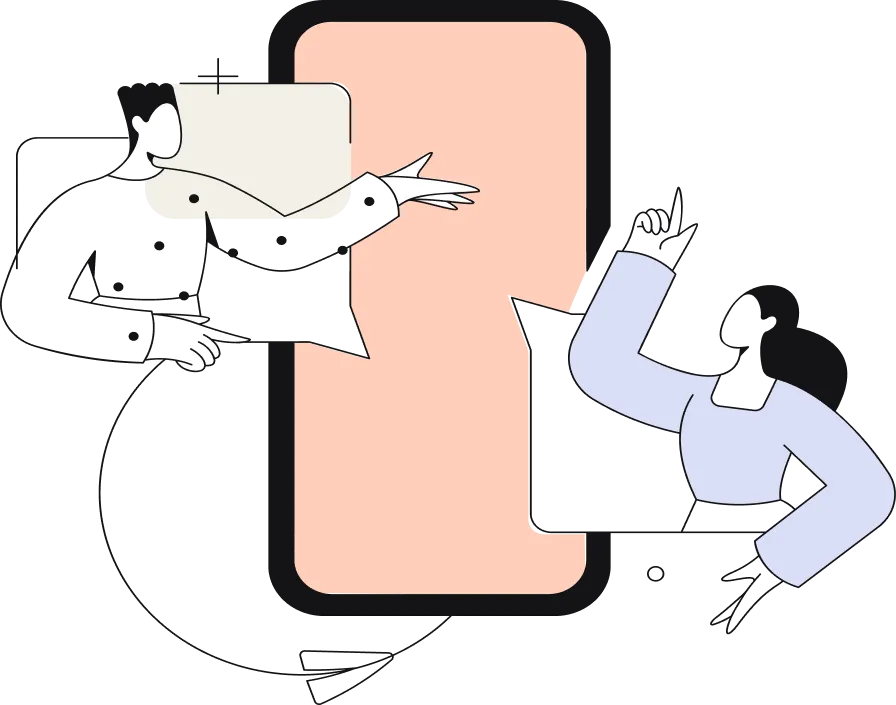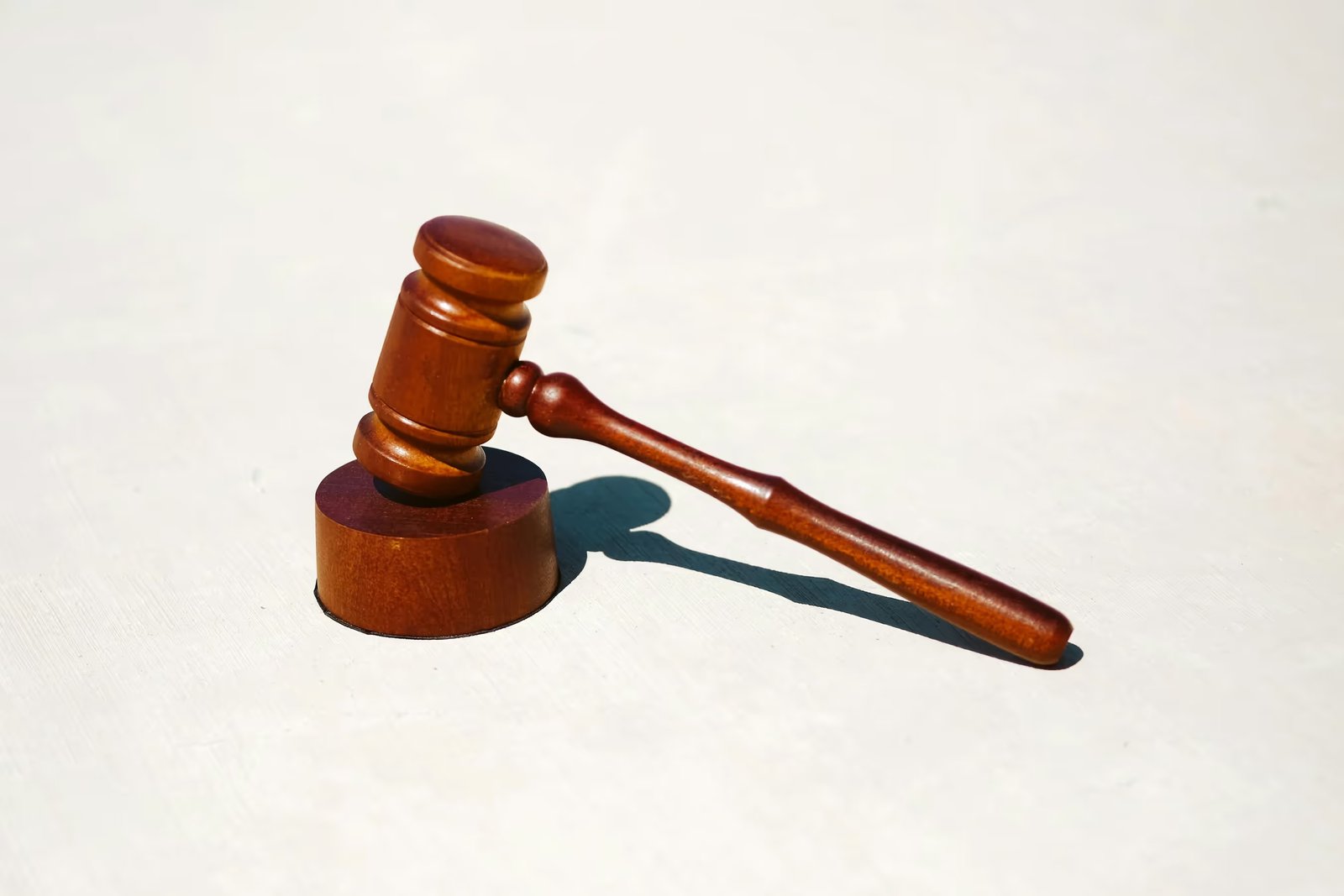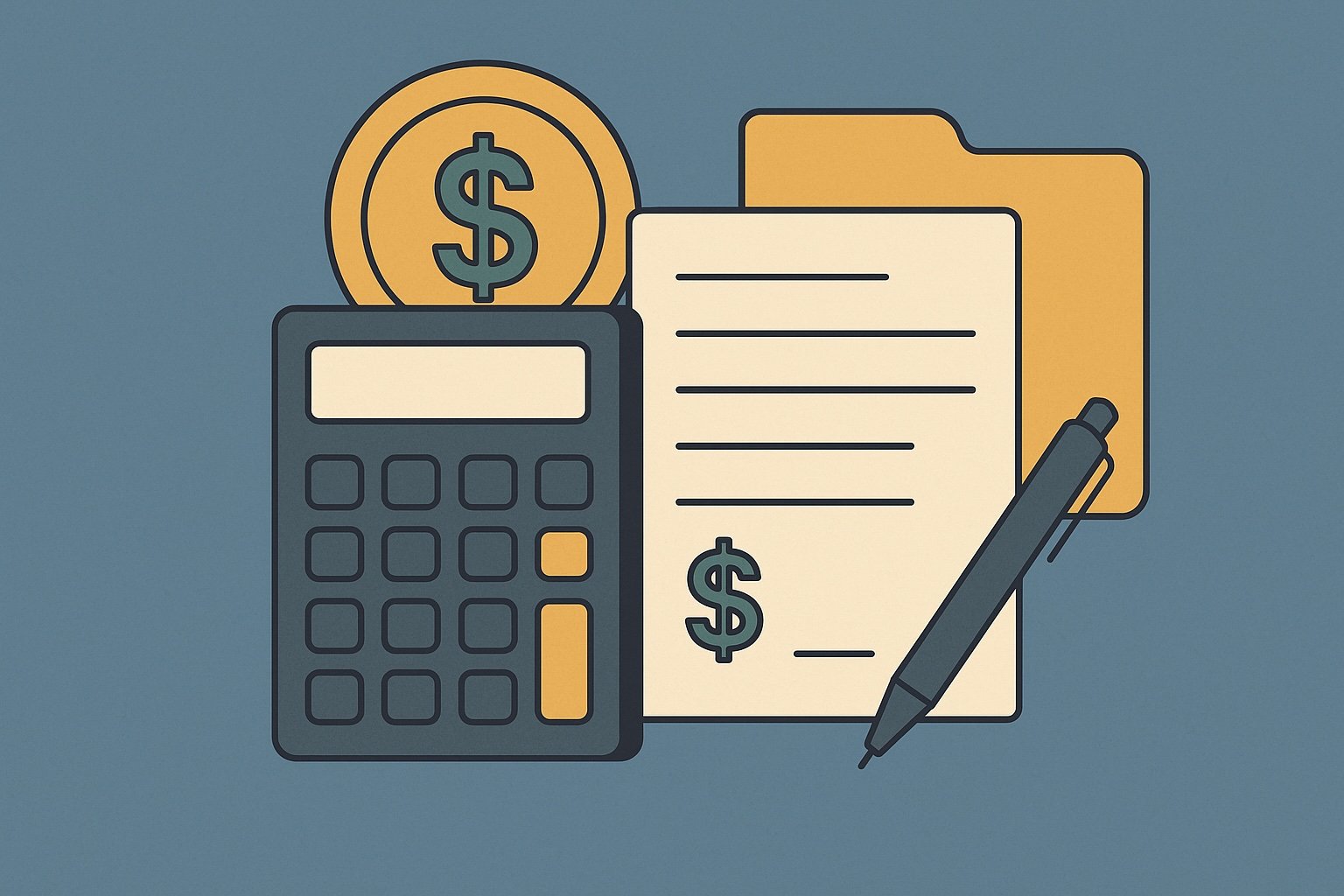Question
ARTE's Answer
A reverse 1031 exchange is a unique and complex transaction where the replacement property is acquired before the relinquished property is sold. This is the opposite of a typical deferred exchange, where the relinquished property is sold first. In a reverse exchange, an Exchange Accommodation Titleholder (EAT) plays a crucial role in facilitating the transaction.
The EAT is an independent third party that temporarily holds the title to either the replacement property or the relinquished property. This arrangement is necessary because the IRS does not allow the taxpayer to own both properties simultaneously during the exchange process. The EAT ensures that the transaction complies with IRS regulations, allowing the taxpayer to defer capital gains taxes under Section 1031.
Here's how the process typically works:
- Identification of Properties: The taxpayer identifies the replacement property they wish to acquire. At this point, the taxpayer may not have sold their relinquished property yet.
- Engagement of an EAT: The taxpayer engages an EAT, such as Deferred.com, to facilitate the reverse exchange. We, at Deferred.com, act as the EAT and take title to the replacement property on behalf of the taxpayer.
- Qualified Exchange Accommodation Agreement (QEAA): Within five business days of acquiring the replacement property, the taxpayer and the EAT enter into a QEAA. This agreement outlines that the EAT is holding the property to facilitate a 1031 exchange and that the taxpayer intends to complete the exchange within the IRS's time limits.
- Holding Period: The EAT holds the replacement property while the taxpayer arranges for the sale of the relinquished property. The taxpayer has 45 days to identify the relinquished property and 180 days to complete the entire exchange process.
- Sale of Relinquished Property: Once the relinquished property is sold, the proceeds are used to "purchase" the replacement property from the EAT. This step completes the exchange.
- Transfer of Title: The EAT transfers the title of the replacement property to the taxpayer, finalizing the reverse exchange.
Let's illustrate this with an example:
Imagine you are an investor who wants to acquire a commercial building worth $500,000 as a replacement property. However, you haven't sold your current rental property, which you plan to relinquish in the exchange. You engage Deferred.com as your EAT.
- Acquisition of Replacement Property: Deferred.com, as the EAT, purchases the commercial building and holds the title.
- QEAA: You and Deferred.com enter into a QEAA, agreeing that the building is held for your benefit to facilitate the exchange.
- Sale of Relinquished Property: You sell your rental property for $400,000. The proceeds from this sale are used to "buy" the commercial building from Deferred.com.
- Completion of Exchange: Deferred.com transfers the title of the commercial building to you, completing the reverse exchange.
By using an EAT like Deferred.com, you can successfully navigate the complexities of a reverse 1031 exchange, deferring capital gains taxes and acquiring your desired replacement property before selling your relinquished property. This strategy can be particularly beneficial in competitive real estate markets where securing the replacement property first is crucial.
Have more questions? Call us at 866-442-1031 or send an email to support@deferred.com to talk with an exchange officer at Deferred.
1031 Question? Ask ARTE
Deferred's AI 1031 Research Assistant is trained on 8,000+ pages of US tax law and outperforms human CPAs by 22%+
CHAT NOW
Learn More
See more frequently asked questions about 1031 exchanges








